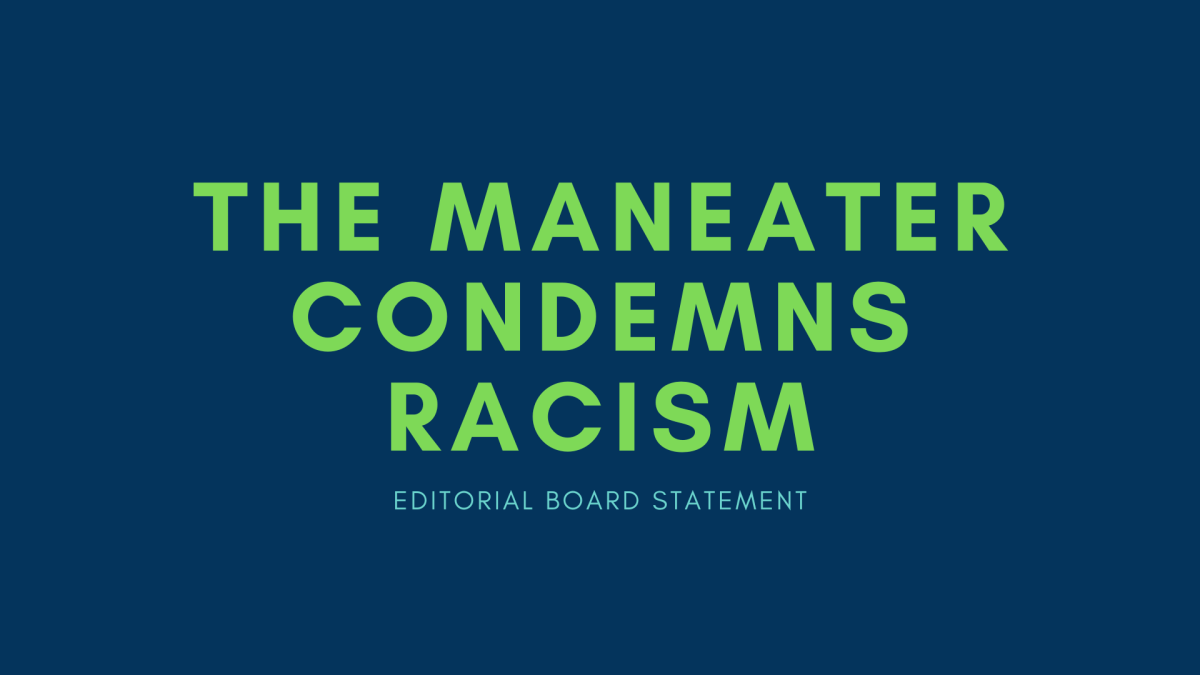In their next meeting, MU’s Faculty Council will vote on a proposal that would commission an independent examination of MU’s relationship with the UM System as well as the possible consolidation of the roles of chancellor and system president. We urge the council to vote in favor of this proposal because an examination could provide information valuable for MU’s future.
The proposal comes at an unique time for MU and the UM System, as both the positions of chancellor and system president are unoccupied. This would be the ideal time for the two offices to be consolidated into one role without running the risk of the movement being perceived as a power grab by one administrator.
The idea of consolidating the roles of chancellor and system president was initially introduced in April 2004 by then-UM System President Elson Floyd. At the time, MU Chancellor Richard Wallace’s retirement was approaching and Floyd argued that the consolidation of both positions would save the system $4.3 million. As of 2015, the University of Houston, University of Michigan and Purdue University operate with these two roles consolidated into one.
Nonetheless, Floyd’s proposal was shot down because it came across as too self-serving. However, given the fortuitous timing of the vacancies in both offices, the potential consolidation is absolutely worth examining closer — especially if the financial merits are as present as they were in 2004.
But Faculty Council’s proposal goes beyond just the consolidation of these two positions. It also includes a proposed examination of the relationship between MU and the UM System and the organizational structure of the system itself.
In clearer terms, the council is questioning whether MU would operate more efficiently without being a part of the UM System.
Before you begin to wonder how a flagship university can exist without being a part of a state system, bear in mind that there are several flagship universities that are not part of any system. The universities of Iowa, Kansas, Kentucky and Florida all operate in this way.
The purpose of this part of the examination is to decide whether the “value added” through membership in the UM System is greater than the prospective costs and shortcomings.
According to a UM System report from December 2015 referenced in the proposal, a potential $77 million in savings were generated by the system over the last two years.
While this statement taken at face value indicates a drastic financial disadvantage in leaving the UM System, the proposal argues that this estimate is, well, just an estimate. These prospective savings were not done in an independent audit and rely on “theoretical projections, hypothetical assumptions, and educated guesses of what might occur,” according to the proposal.
In education, there are certainly economies of scale when it comes to some services operated by the system, like payroll and appropriations. But, at the same time, there are systemwide programs and services that could potentially operate more efficiently on a university level or if they were dissolved entirely.
One such example is the system’s intercampus course sharing program, wherein students are able to take courses on UM System campuses other than their own. While the program sounds nice, only 127 students out of 77,000 systemwide have enrolled in courses not hosted by their home campus. This is not exactly the picture of system-level efficiency.
At their next meeting on Feb. 11, Faculty Council needs to vote in favor of this proposal. The questions raised by the proposal are thought-provoking and need definitive answers that can only be provided by a thorough examination. A comprehensive cost-benefit analysis of MU’s relationship with the UM System and the consolidation of the chancellor and presidential roles needs to be developed in order to make the best decision possible.










